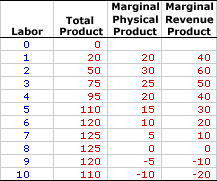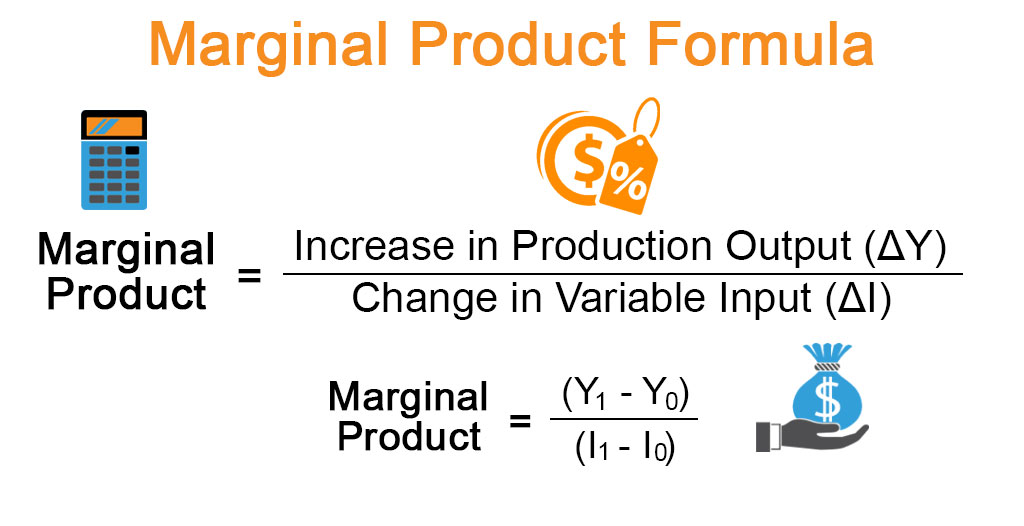
So now you know that Marginal Analysis looks at costs and benefits from an increment perspective and not an objective one. However, it does mean that Jayan values one additional wafer packet more than Rs. This doesn't mean that he values all wafer packets at Rs. For exampke, suppose Jayan buys a packet of wafers for Rs. One of the key aspects that help predict MRP is how individuals make decisions on the margin. The MRP is calculated by multiplying the resource’s marginal physical product (MPP) by the generated marginal revenue (MR). Owners of businesses often use MRP analysis in order to make critical decisions regarding production. Moreover, the factors also help determine the optimal level of a resource. The MRP carries the assumption that the expenses on other factors do not change. The marginal revenue product is calculated by multiplying the resource's Marginal Physical Product (MPP) by the Marginal Revenue (MR) generated. It is also known as a marginal value product. Marginal Revenue product refers to the marginal revenue that arises due to an addition of one unit of resource.

They were the first to show that revenue depends on the marginal productivity of additional Factors of Production. Marginal productivity was first coined by American Economist John Bates Clark and Swedish economist Knut Wicksell. Marginal Revenue Product (MRP) Updated on Febru, 1997 views What is the Marginal Revenue Product (MRP)?


Remember, on a graph, marginal cost and marginal product look the opposite.

Whereas in decreasing marginal returns, there is only a downward curve. Because in the law of diminishing returns, there is a downward and then an upward curve. Does the connection between marginal product and cost mean that a firm should aim for the most marginal production with the least marginal cost? Or is it enough if the marginal cost is less than revenue/price of that good?įebruary 10, That sounds more like decreasing marginal returns.


 0 kommentar(er)
0 kommentar(er)
